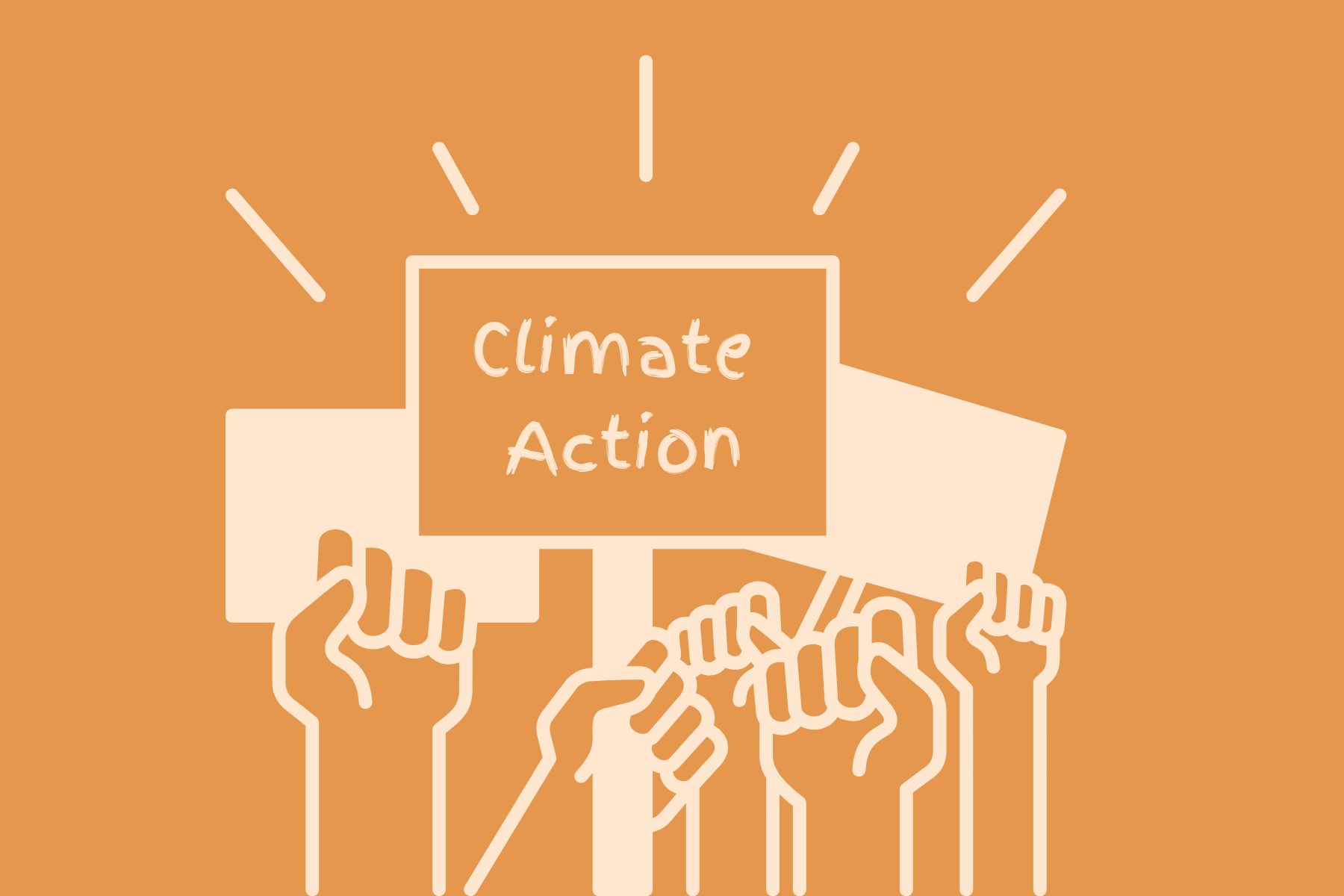B.C.’s first-past-the-post system makes it harder to realize climate action

Graphic by Sage Blackwell.
The recent provincial election in B.C. returned a historic result: despite more than 200 000 British Columbians voting for progressive candidates over Conservatives, we now have an almost evenly split parliament, with the NDP holding just enough seats to form a majority.
This split is the result of our flawed first-past-the-post electoral system, which means that it will be harder for the government to take action on crucial issues like climate change.
If we want to avoid future results like this, we need to reform our electoral system.
In both B.C. and Canada, we currently use a system known as “first-past-the-post” (FPTP). FPTP is a winner-take-all system where voters pick one candidate, and the candidate who gets the most votes in a district wins. Critics of FPTP point out that it allows one party to form a political majority without actually representing the majority of voters.
B.C. held a referendum in 2018 on replacing the FPTP system with proportional representation — this would mean that the percentage of seats a party gets reflects the percentage of people who voted for them — but the result was overwhelmingly in support of FPTP.
Prime Minister Justin Trudeau pledged to replace FPTP federally when he ran in 2015, but he abandoned this plan shortly after winning.
Another alternative to FPTP is ranked-choice voting, which would allow voters to rank all of the candidates in order of preference. If their first-choice candidate is not elected, their vote carries on down the list. This way, all voters have a say even if their preferred candidate is not elected.
One narrative surrounding the most recent election in B.C. is that much of the province has shifted to the right. The NDP are down 10 seats from the number they held (57) in the previous government, while the Conservatives’ meteoric ascent from 0 elected seats to 44 suggests that B.C.’s electorate is becoming increasingly sympathetic to the right.
But these results don’t tell the whole story. In 2020, the B.C. parliament was made up of four parties — the NDP, BC United, the Greens, and the Conservatives. BC United did not run in this year’s election, meaning that centre-right and right-wing voters consolidated behind the Conservatives.
On the left side of the aisle, votes remained split between the NDP and the Greens. Both the NDP and Green platforms include significant climate objectives, including reducing carbon emissions, prioritizing clean energy, protecting biodiversity in our ecosystems, and safeguarding old growth forests.
In politics, when the presence of a perceived “minor candidate” on the ballot leads to the “major candidate” losing, this is known as the “spoiler effect.” The spoiler effect — splitting the progressive vote between the Greens and the NDP — is what allowed the Conservatives to win a plurality, but not the majority, of votes in many ridings.
Take, for example, the Courtenay-Comox riding, where I grew up. Courtenay-Comox went Conservative by a margin of 92 votes. In this riding, the Greens earned 7 203 votes — more than enough to have prevented a Conservative victory. Under FPTP, only 13 481 people voted for the Conservatives, whereas more than 20 000 voted against them. Despite this, the Conservative candidate won, because non-Conservative voters were split.
Courtenay-Comox is not the only place where this happened. In at least ten other ridings this election, a Conservative candidate was elected despite a majority of voters in that riding voting against them, because the non-Conservative vote was split.
Most British Columbians believe climate change is an issue, and that additional action is needed to address it. As we live under a FPTP electoral system, however, we will continue to see results like this, which do not adequately represent the views and values of most voters.








